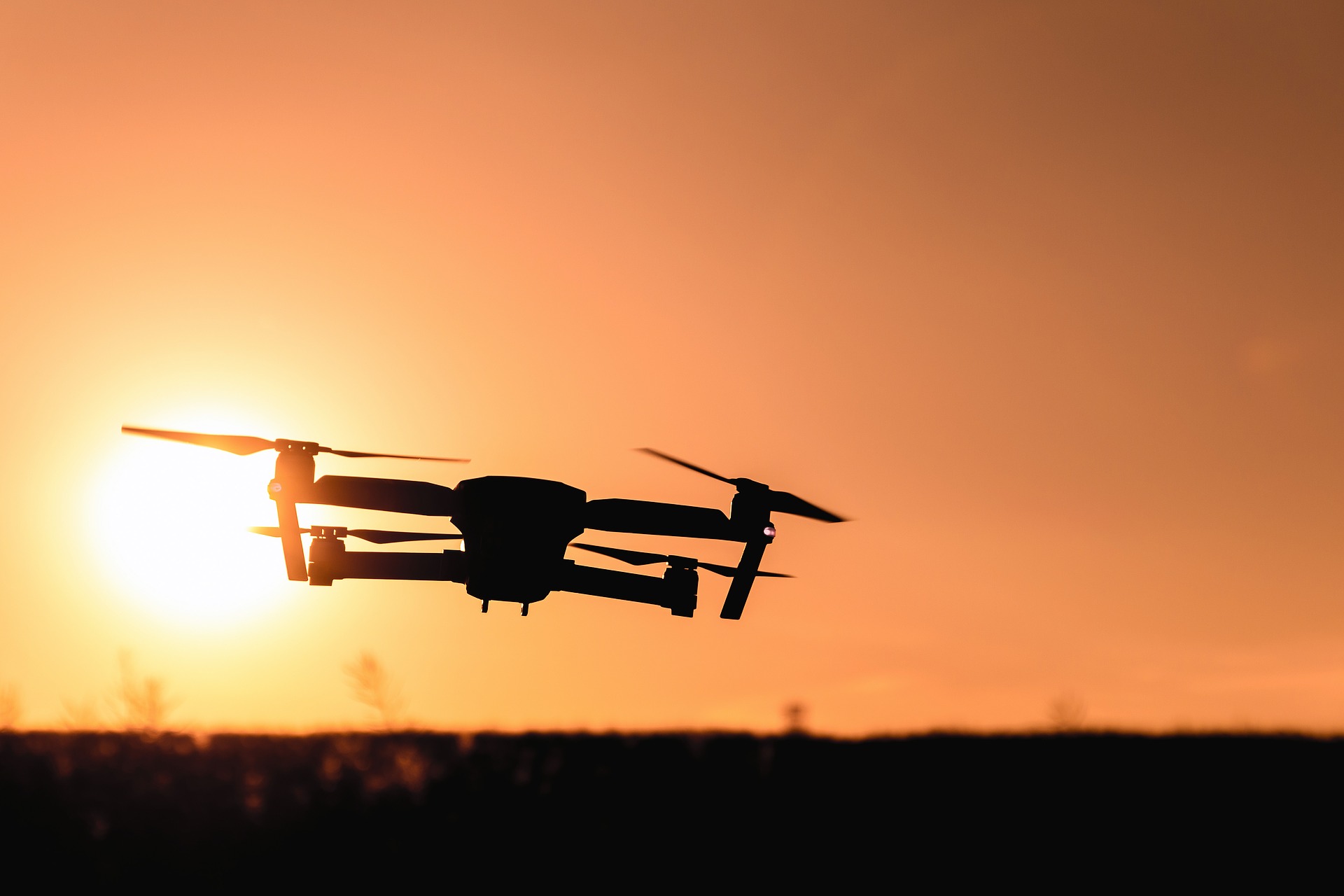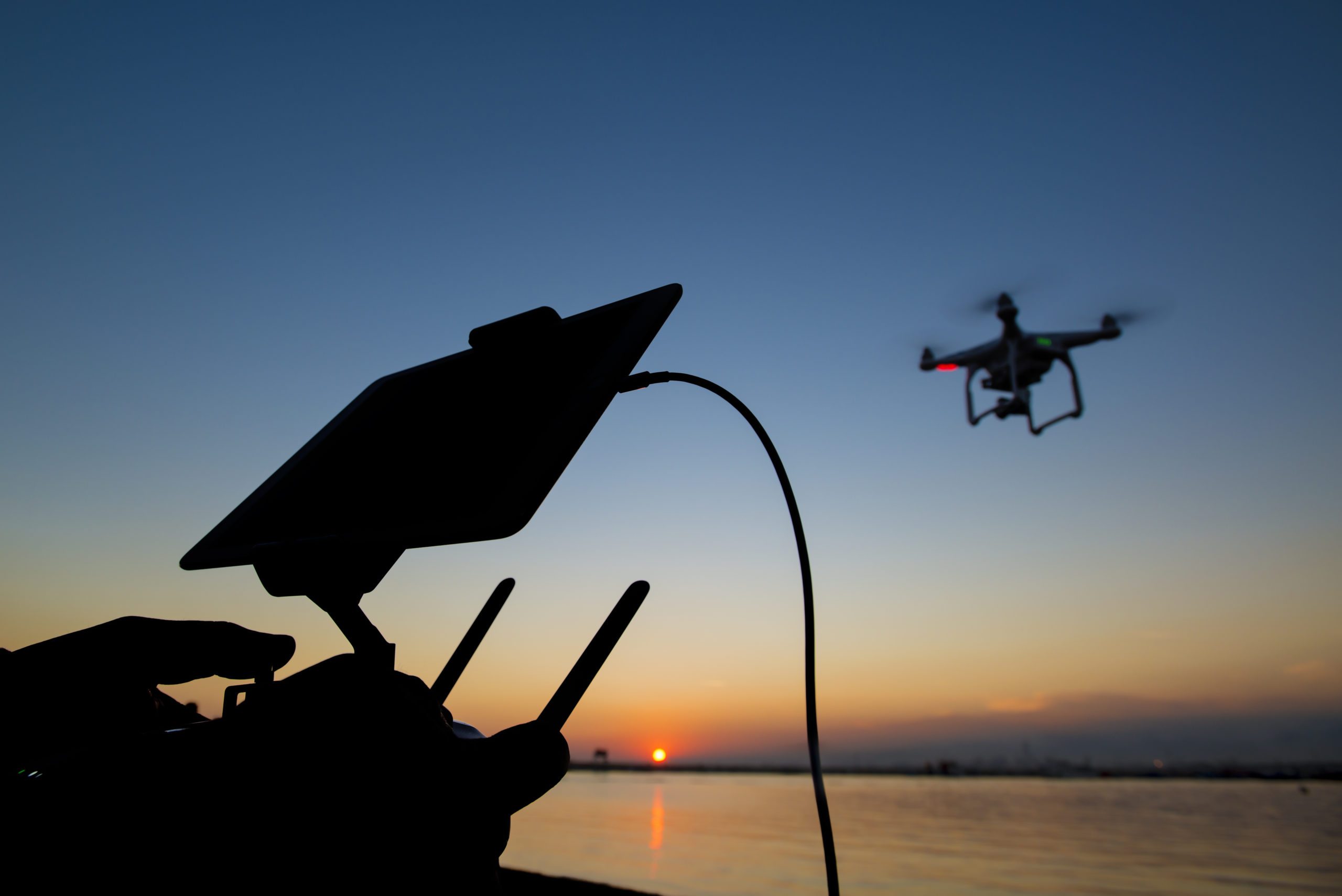
What are the changes to the drone rules?
On 17 October 2017, the Director of Aviation Safety signed off on Instrument CASA 96/17 “Direction – operation of certain unmanned aircraft”. The instrument provides an immediate change to the Civil Aviation Safety Regulations (CASRs), in particular part 101. This direction mostly applies to people operating RPA (remotely piloted aircraft) for recreational purposes (known as model aircraft), and those operating in the Excluded RPA category (such as the “sub-2kg”rules).
This direction does not apply to:
- Control-line model aircraft (one constrained to fly in a circle)
- Model aircraft indoors
The direction also does not apply to anyone that has been granted an authorisation or exemption by CASA to operate contrary to this direction.
It is important to remember not to read these rules in isolation. All other rules still apply (such as avoiding approach/departure paths, populous areas etc.). This Direction was issued to close a number of “loop holes” in the legislation (which, in some cases, allowed recreational uses more freedom than certified, professional RPA operators).
Operations near controlled aerodromes
This section relates to an aerodrome where the control tower is “active” (currently being used).
A person must not operate an unmanned aircraft within 3nm (5.5km) of the movement area of a controlled aerodrome.
What is the movement area? It’s not the middle of the airport, nor just the runway. “The movement area, in relation to an aerodrome, means any part that is used for the surface movement of aircraft, including manoeuvring area and aprons.
A manoeuvring area means any part that is used for the take-off and landing of aircraft and for the movement of aircraft in association with take-off and landing i.e. taxiways.”
This direction does not apply to:
- Micro RPA (100 grams or less)
- RPA being operated by the holder of an RePL (who must follow the privileges and limitations associated with the licence and the certification of the RPA operator that is conducting the operation i.e. the ReOC holder).
This means having an RePL alone is not enough. You must be working under the conditions of an ReOC too.
Operations near non-controlled aerodromes
A non-controlled aerodrome means a place that is:
- A helicopter landing site not located at a controlled aerodrome; or
- An aerodrome that is not a controlled aerodrome.
In plain English – an airport that does not have a control tower.
A person must not launch an unmanned aircraft within 3nm (5.5km) of the movement area of a non-controlled aerodrome if the person is aware that a manned aircraft (aeroplane, helicopter etc.) is operating to or from the aerodrome.
What does “aware” mean? In this instrument, awareness is taken to exist where “a reasonable person ought to have been aware that a manned aircraft is operating to or from the aerodrome”.
If operating with 3nm of the movement area of a non-controlled aerodrome, and you become aware that an aircraft is operating there, you must:
- Immediately manoeuvre safely away from the path of the manned aircraft; and
- Land as soon as safely possible.
This direction does not apply to:
- Micro RPA (100 grams or less)
- RPA being operated by the holder of an RePL (who must follow the privileges and limitations associated with the licence and the certification of the RPA operator that is conducting the operation i.e. the ReOC holder).
This means having an RePL alone is not enough. You must be working under the conditions of an ReOC.
Please note: You cannot read this direction in isolation. Other legislation still exists that requires you avoid approach and departure paths of airports, which can extend beyond 3nm from the end of a runway. Excluded RPA operators should still refer to AC 101-10 for advice about how to avoid the approach and departure paths of non-controlled aerodromes and helicopter landing sites.
Operations above 400 feet
Previously, model aircraft could fly above 400 feet (approximately 121 metres) as long as visual line of sight was maintained, and you avoided populous areas. However, this loop hole has now been closed.
In short, no remotely piloted aircraft can operate more than 400 feet above ground level unless approved by CASA.
Imagine a piece of string that is 400 feet long and tied to your RPA. The bottom of the string must be touching the ground at all times.
Operating near emergency operations
Previously, the legislation only prevented “Excluded” RPA (i.e. sub-2kg operators) from operating near emergency operations (but all other RPA had no such legislative restrictions). Now all unmanned aircraft are required to stay clear (that’s everyone – model aircraft, Excluded RPA, and ReOC holders).
An unmanned aircraft must not operate over an area where a fire, police or other public safety or emergency operation is being conducted.
This direction does not apply if the person in charge of the emergency operation approves the operation of the unmanned aircraft.
Operating RPA near people
A person controlling an RPA must ensure that the aircraft is not operated less than 30m from a person unless the person has duties essential to the control of navigation of the aircraft.
A new explanation in the Direction is “the distance of 30m is measured in every direction from the point on the ground directly below the aircraft”.
Imagine a person standing in the middle of a cylinder that extends in a 30m radius from them, and stretches all the way to space – you cannot fly within this cylinder (no more flying overhead people at any height).
This does not apply if an authorisation or exemption is granted by the CASA via the CASRs (such as an authorisation in your operations manual allowing you to fly within 30m of someone). Another person just can’t give you permission to fly in close proximity – CASA must provide the authorisation.
Please note, the populous area rule still applies (you can’t read this new direction in isolation).
There is no weight mentioned in this part of the Direction, meaning even Micro RPA (weighing 100 grams or less) must be kept at least 30m from people. However, as mentioned at the beginning, you are not required to follow this Direction if operating a model aircraft indoors. Therefore, you can fly within 30m of someone if inside (just don’t create a hazard – be safe!).
To access a copy of CASA’s Direction, go to https://www.legislation.gov.au/Details/F2017L01370/, or for more information visit http://droneflyer.com.au/

